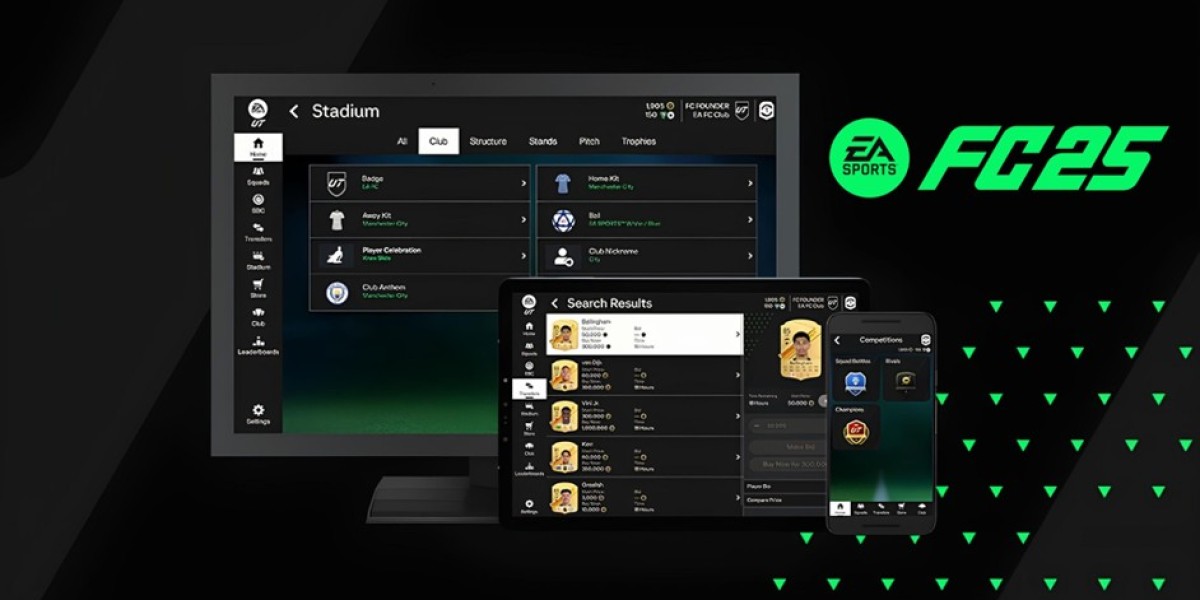South Korea is rapidly becoming a top destination for international students due to its world-class education system, cutting-edge research facilities, and vibrant culture. However, before planning your studies in South Korea, it’s crucial to understand the cost of living to ensure that you budget effectively. The cost of living can vary depending on the city you live in, the lifestyle you maintain, and whether you live on or off-campus. Here is a breakdown of the average cost of living for international students in South Korea.
1. Accommodation Costs
Accommodation is one of the largest expenses for international students in South Korea. There are several options available for student housing, including university dormitories, off-campus apartments, and shared housing.
University Dormitories: Many South Korean universities offer dormitory accommodation, which is often cheaper and convenient as it is located close to the campus. The monthly cost for a dormitory can range from KRW 500,000 to KRW 1,200,000 (approximately USD 450 to USD 1,000) depending on the university and room type. Dormitories usually include basic facilities such as a bed, study desk, and shared kitchens and bathrooms.
Off-Campus Housing: Renting a private apartment off-campus can be more expensive. For a one-room apartment, often called an "officetel," the rent ranges from KRW 500,000 to KRW 1,500,000 (USD 450 to USD 1,300) per month. If you choose to share accommodation, you can reduce costs. Rent for shared accommodation may range from KRW 300,000 to KRW 600,000 (USD 250 to USD 500) per month per person.
Shared Housing: Shared housing, where students live with roommates, is another popular option, and costs can be much more affordable. In shared housing, students can expect to pay around KRW 300,000 to KRW 800,000 (USD 250 to USD 700) per month, depending on the location and the number of people in the household.
2. Food Costs
The cost of food in South Korea can vary depending on whether you eat out or cook your meals.
Eating Out: Dining out at restaurants is relatively inexpensive in South Korea, especially for students. A meal at an inexpensive restaurant typically costs around KRW 6,000 to KRW 10,000 (USD 5 to USD 8). If you prefer eating fast food or street food, the prices can be even lower. A simple meal like ramen or kimbap can cost as little as KRW 2,000 to KRW 4,000 (USD 2 to USD 3).
Grocery Shopping: If you prefer cooking at home, grocery bills can cost around KRW 150,000 to KRW 300,000 (USD 130 to USD 250) per month. Common grocery items like rice, vegetables, and meat are available at affordable prices in local markets. However, imported goods and specialty foods may be more expensive.
3. Transportation Costs
South Korea has a well-developed and efficient public transportation system, which makes getting around affordable for students. The cost of transportation is relatively low compared to many other countries, and international students can use buses, subways, and trains to travel across cities.
Public Transport: A typical subway ride costs around KRW 1,250 to KRW 1,500 (USD 1 to USD 1.30) per trip. Students can save on transportation costs by purchasing a monthly transportation pass, which costs about KRW 50,000 to KRW 100,000 (USD 40 to USD 85) per month depending on the city.
Taxi Services: Taxis in South Korea are relatively affordable. The base fare starts at KRW 3,000 to KRW 4,000 (USD 2.50 to USD 3.50), and additional charges apply based on the distance.
4. Utilities and Miscellaneous Costs
Utilities (such as electricity, water, and gas) are another expense that students need to consider when living in South Korea. These costs depend on the type of accommodation and usage.
Utilities: The average monthly cost for utilities such as electricity, water, and heating is between KRW 100,000 and KRW 200,000 (USD 85 to USD 170). If you live in a university dormitory, utilities are often included in the rent, while private apartments may require separate payments.
Internet and Phone: Internet costs are typically around KRW 30,000 to KRW 50,000 (USD 25 to USD 40) per month, and mobile phone bills can range from KRW 30,000 to KRW 70,000 (USD 25 to USD 60), depending on the plan and usage.
Entertainment and Socializing: South Korea offers a range of affordable entertainment options, such as karaoke, cafes, and movie theaters. The cost of social activities and entertainment can vary but typically ranges between KRW 100,000 and KRW 200,000 (USD 85 to USD 170) per month for moderate socializing.
5. Health Insurance
International students are required to have health insurance while studying in South Korea. Most universities in South Korea offer health insurance plans, which cost about KRW 50,000 to KRW 100,000 (USD 40 to USD 85) per month. The National Health Insurance Service (NHIS) also provides affordable coverage for international students.
Conclusion
The total cost of living for international students in South Korea generally ranges from KRW 700,000 to KRW 1,500,000 (USD 600 to USD 1,300) per month, depending on lifestyle choices and the city you live in. Major cities like Seoul may have higher living costs, particularly in terms of rent and food, while smaller cities and towns may offer more affordable options. Overall, South Korea offers a reasonable cost of living for international students, especially considering the quality of education, safety, and rich cultural experiences the country has to offer. By planning ahead and budgeting properly, students can enjoy a fulfilling and financially manageable experience in South Korea.








